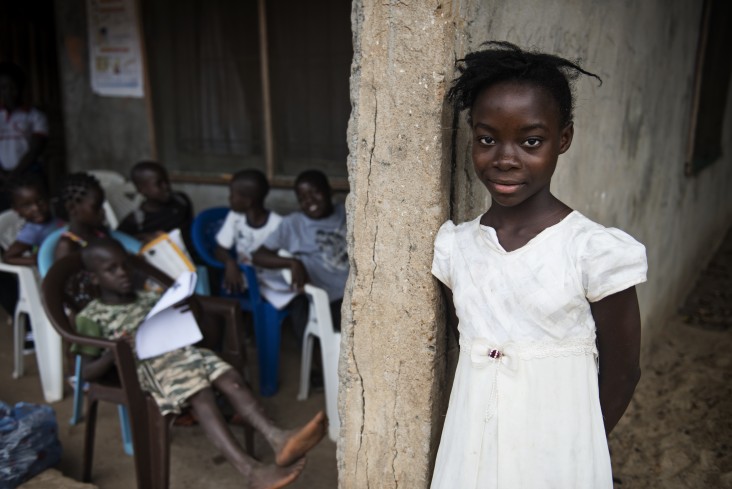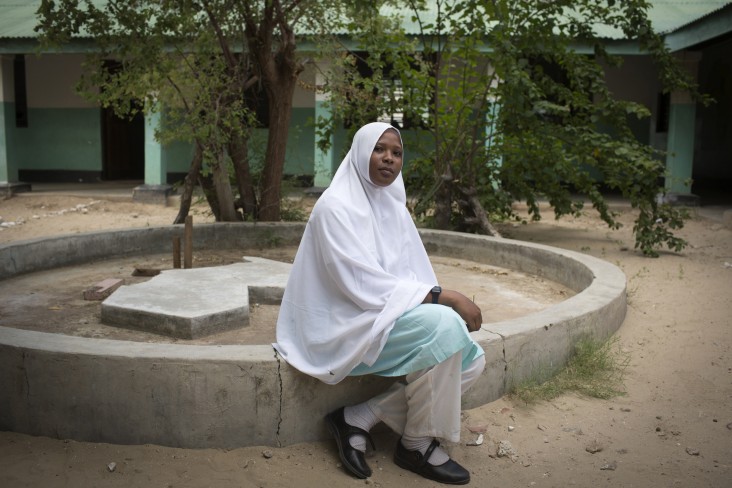- What We Do
- Agriculture and Food Security
- Democracy, Human Rights and Governance
- Economic Growth and Trade
- Education
- Environment and Global Climate Change
- Gender Equality and Women's Empowerment
- Global Health
- Humanitarian Assistance
- Transformation at USAID
- Water and Sanitation
- Working in Crises and Conflict
- U.S. Global Development Lab
Speeches Shim

In the last decade, child, early and forced marriage (CEFM) has affected approximately 58 million girls, many of whom were married against their will and in violation of international laws and conventions. In the developing world, 1 in 7 girls is married before her 15th birthday with some brides as young as 8 or 9.
Married girls under 15 are five times more likely to die in childbirth than married women in their 20s. They are also more likely to experience complications of childbirth including obstetric fistula and hemorrhaging. Child brides are also at greater risk for contracting HIV and other sexually transmitted diseases due to their inability to reject unsafe sexual practices.
Child, Early, and Forced Marriage Resource Guide ![]() (pdf - 3 MB)
(pdf - 3 MB)
Perpetuated by cultural norms, poverty, and lack of access to education, CEFM is a human rights violation that undermines efforts to address maternal health, education, food security, poverty eradication, HIV/AIDS, and gender equality. CEFM stifles boys’ and girls’ abilities to grow into empowered men and women who are able to better themselves, their families, and their communities.
In Fiscal Year 2015, USAID doubled our investment to $10 million to prevent CEFM and meet the needs of married children around the world. USAID has also addressed the needs of more than 50 million girls and boys who are already married but have limited access to education, health services and economic opportunities. In 2012, USAID published the Ending Child Marriage & Meeting the Needs of Married Children: The USAID Vision for Action, the first official U.S. Government policy to address child marriage. The Vision provides a strategy that defends children’s rights by:
- Addressing the unique needs of married children
- Mobilizing communities to shift norms that perpetuate child marriage
- Cultivating partnerships broadly to address this global issue

Guided by rigorous project evaluations and the latest research findings, USAID’s interventions include promoting girls’ education, supporting married children, strengthening the enactment and enforcement of laws and policies that delay marriage, and building community outreach efforts to shift attitudes that perpetuate the practice. We will continue to work in partnership with lawmakers, international organizations, the private sector, and change agents at the national, local, and community levels to address the practice of CEFM.
- In Bangladesh, the Protecting Human Rights program aims to reach more than 10,000 students in seventh and eighth grade at 70 schools by enhancing advocacy initiatives for child marriage legislation and enforcement, and increasing public awareness and civil participation in shaping policy.
- In Ethiopia, the Family Planning and Reproductive Health program supported women’s associations at the regional and district level to educate girls and women on their rights and build skills for becoming peer educators and community organizers. In FY13, 1,033 early marriages were deferred or cancelled as the result of USAID-supported community-based early marriage cancellation committees.
- In Francophone West Africa, the Evidence 2 Action project is supporting first time adolescent parents on healthy timing and spacing of pregnancy. This project is advancing a comprehensive model for access to reproductive health, family planning, and maternal, newborn and child health.
- In Nepal, we’re using behavior change campaigns, peer educators, engagement of formal and informal leaders, child marriage eradication committees, children’s clubs, and schools to educate communities about the harms of CEFM, and motivate them to advocate for the establishment and enforcement of laws that address CEFM and related forms of gender-based violence (GBV).
Resources
Ending Child Marriage and Meeting the Needs of Married Children: The USAID Vision for Action (PDF, 464KB)


Comment
Make a general inquiry or suggest an improvement.